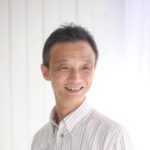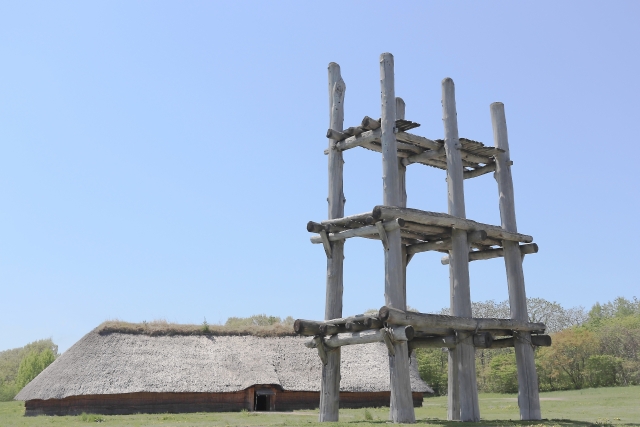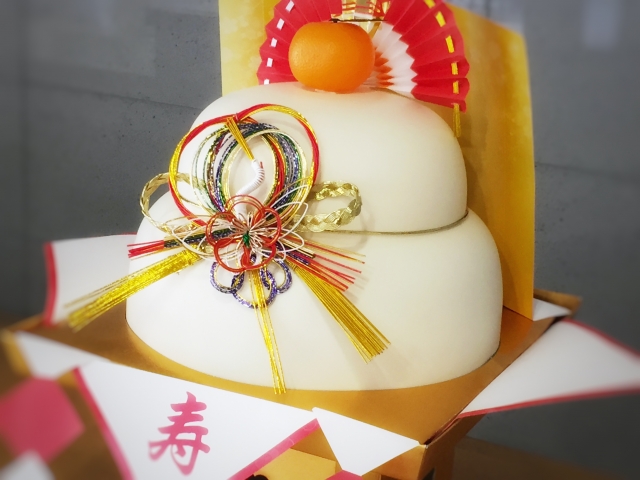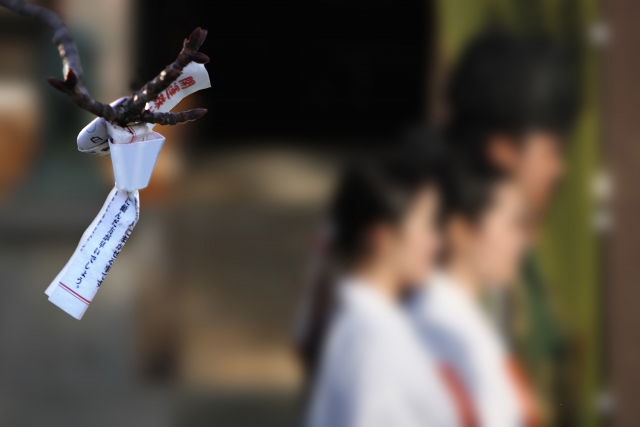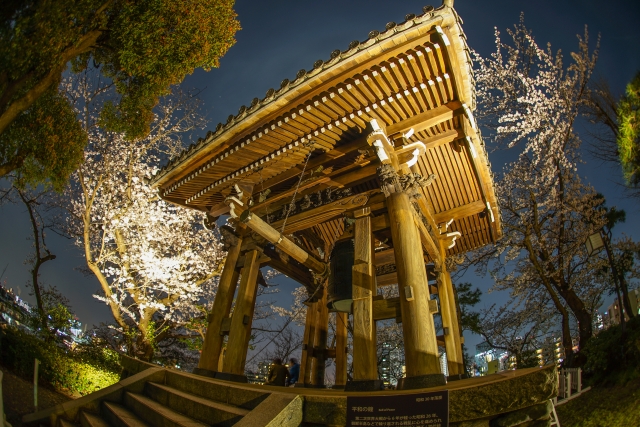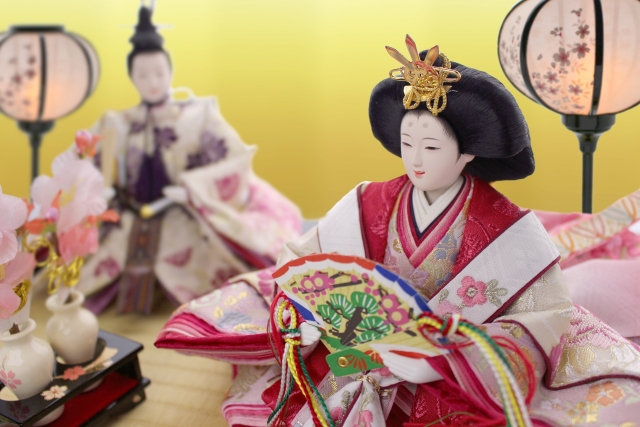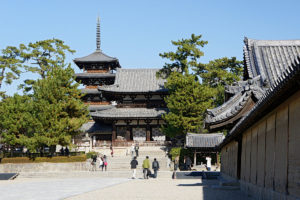
Horyuji Temple, located in Ikoma-gun, Nara Prefecture, is a Buddhist temple said to have been founded in 607 AD.
It is one of Japan’s oldest surviving wooden buildings and is associated with Prince Shotoku.
In 1993, it was inscribed on the UNESCO World Heritage List of “Buddhist Buildings of the Horyuji Region”.
In addition to the buildings, the temple also possesses many other cultural assets, such as Buddhist statues from the Asuka and Nara periods and Buddhist artifacts.
Horyuji is where the wisdom and skills of ancient craftsmen still live on.
Here we tell you in that light.
The ability to withstand disasters in earthquake-prone Japan
Japan is prone to earthquakes.
The term “earthquake-resistant structure” is often used in modern architecture, but Horyuji uses a lot of “earthquake-resistant technology” that is different from what we use today.
- There is a “central pillar” in the center
- Each floor is only loosely connected
As mentioned above, the building is designed to move as if riding the waves of the earthquake vibration.
Once the movement and the force of the earthquake is released, it returns to its original position.
By shaking itself, it uses technology that prevents it from collapsing due to an earthquake.
Avoiding rain and moisture
Horyuji has deep eaves.
By making the eaves deeper, the building itself is prevented from being hit by rain.
In addition, flat tiles are lined up on the roof and round tiles are placed on the joints between the tiles to prevent damage from rain falling from the roof above.
An “oral tradition” from our predecessors
There is an “oral tradition” of carpentry in Horyuji that has been passed down from generation to generation.
Here are some of them.
If you use a 1000 year old cypress tree, build a building that will last 1000 years.
Ancient Japanese architecture wouldn’t be the same without cypress.
The cypress in Horyuji still smells when it is shaved, and the eaves warp when the tiles are removed.
There were predecessors who knew the strength of Japanese cypress and knew how to use it.
Choose the land of the four gods
The “Four Gods’ Appropriateness” refers to the idea that a place with a topography that corresponds to the four gods of north, south, east, and west has the best geographic features.
East: Blue dragon: Clear stream in the east
South: Suzaku: Swamps and streams to the south are low
West: White Tiger: The big road to the west
North: Genbu: Carrying a small mountain to the north
Lumber buy a mountain, not a tree
The idea is that the material of the tree is determined by the soil quality of the mountain, and the habit of the tree comes from the mountain environment.
The south has more sunshine and vigorous growth, while the north is the exact opposite of the south.
We look at the mountain rather than each tree to determine the use of the wood.
Wooden molds don’t build on dimensions, but on the habit of the wood.
The part that surrounds the “central pillar” will be lowered in the long run due to the weight of the tiles and the weight of the walls.
The wood of the “center pillar” is pre-shrunk to read the habits of the tree so that it will settle down just right after about 300 years.
To bequeath a beautiful shape to our future descendants.
That’s the idea behind the creation of this film.
By viewing the thoughts behind the historical buildings, you can understand them even better.
Map of Horyuji

